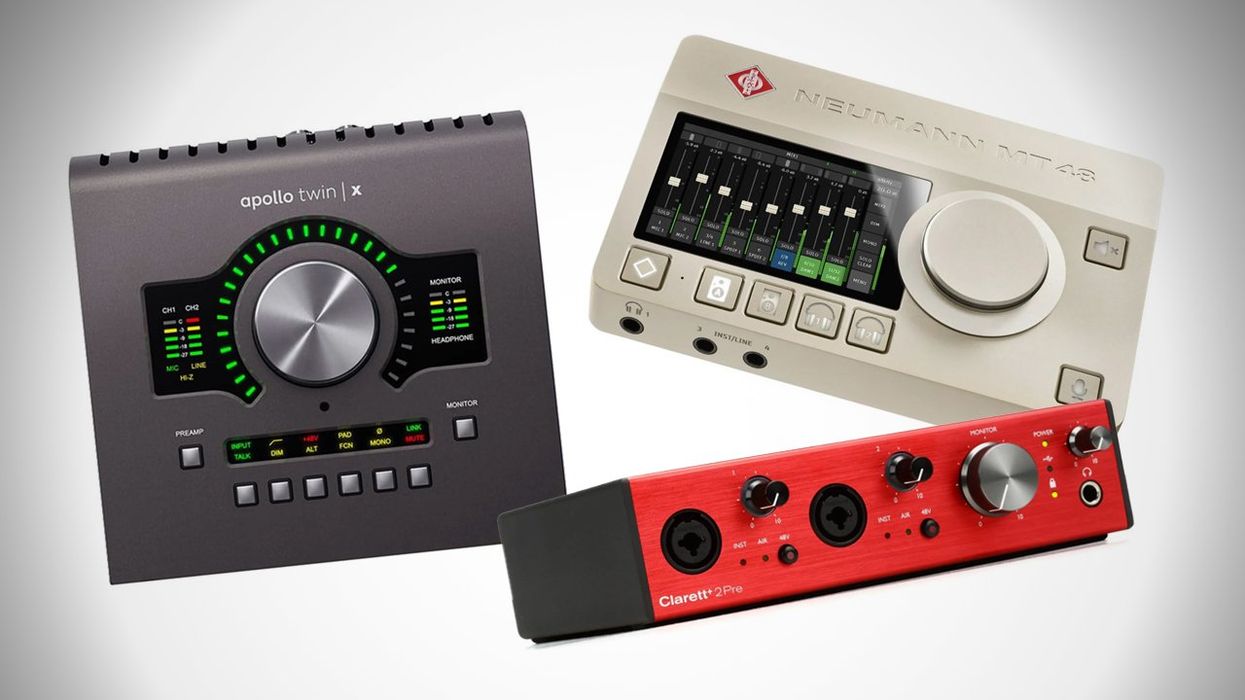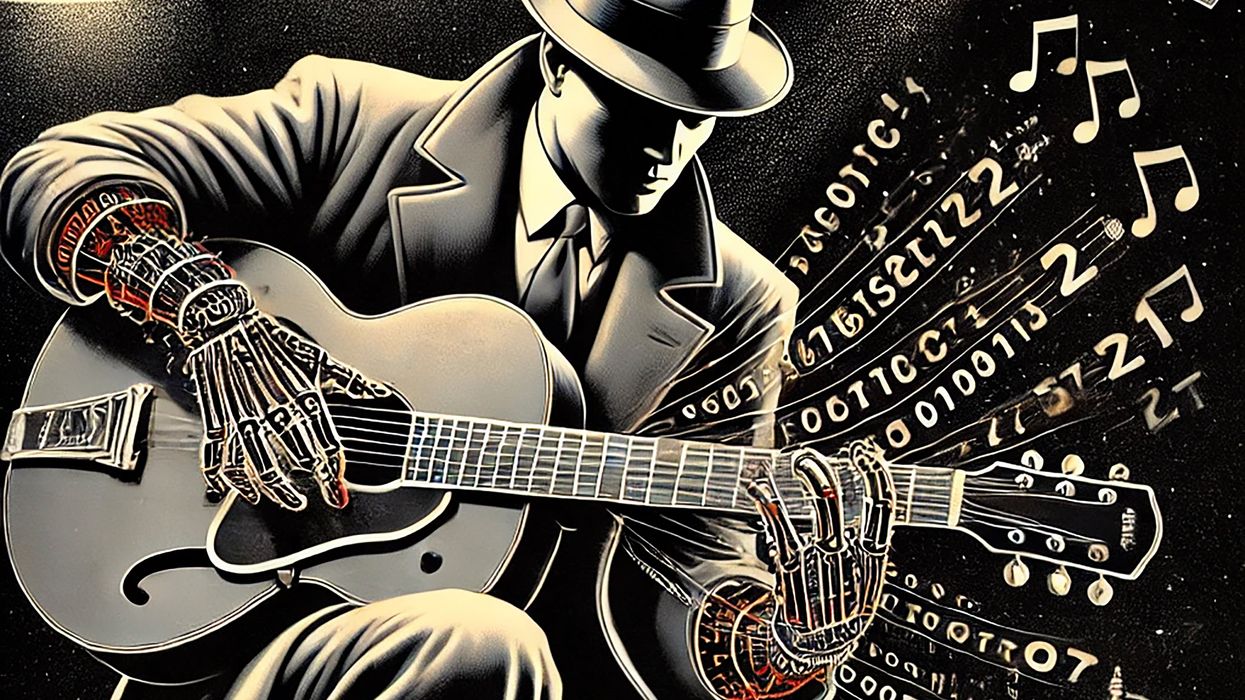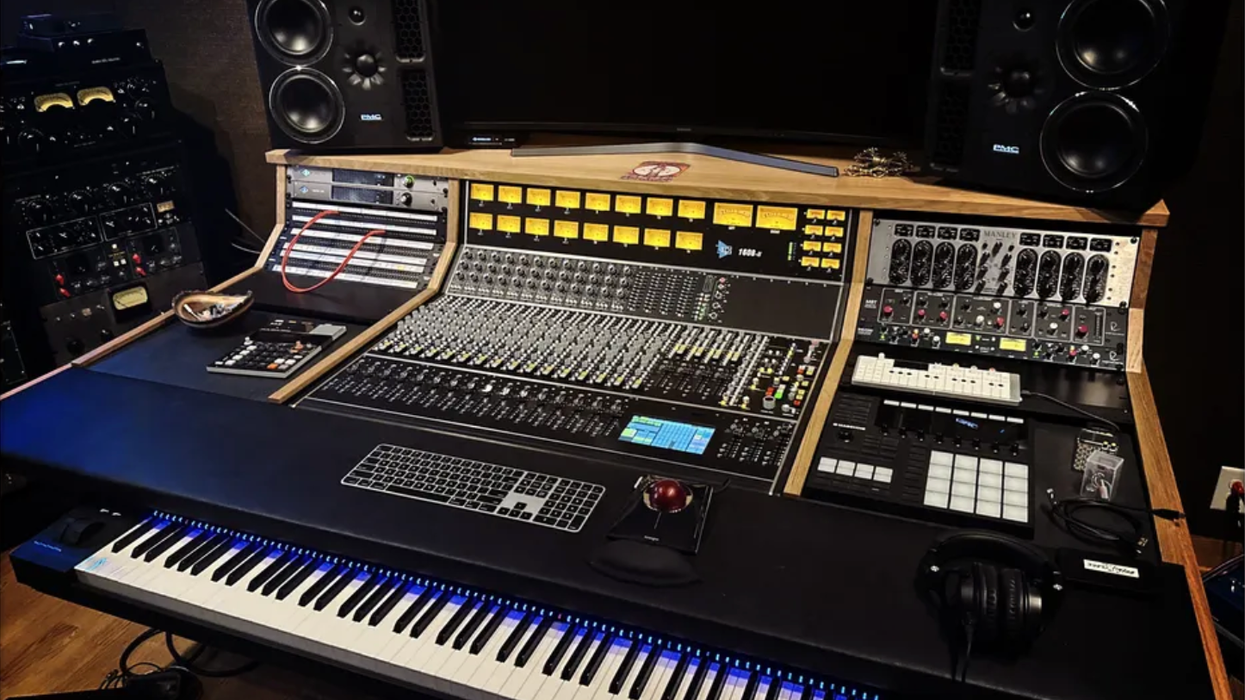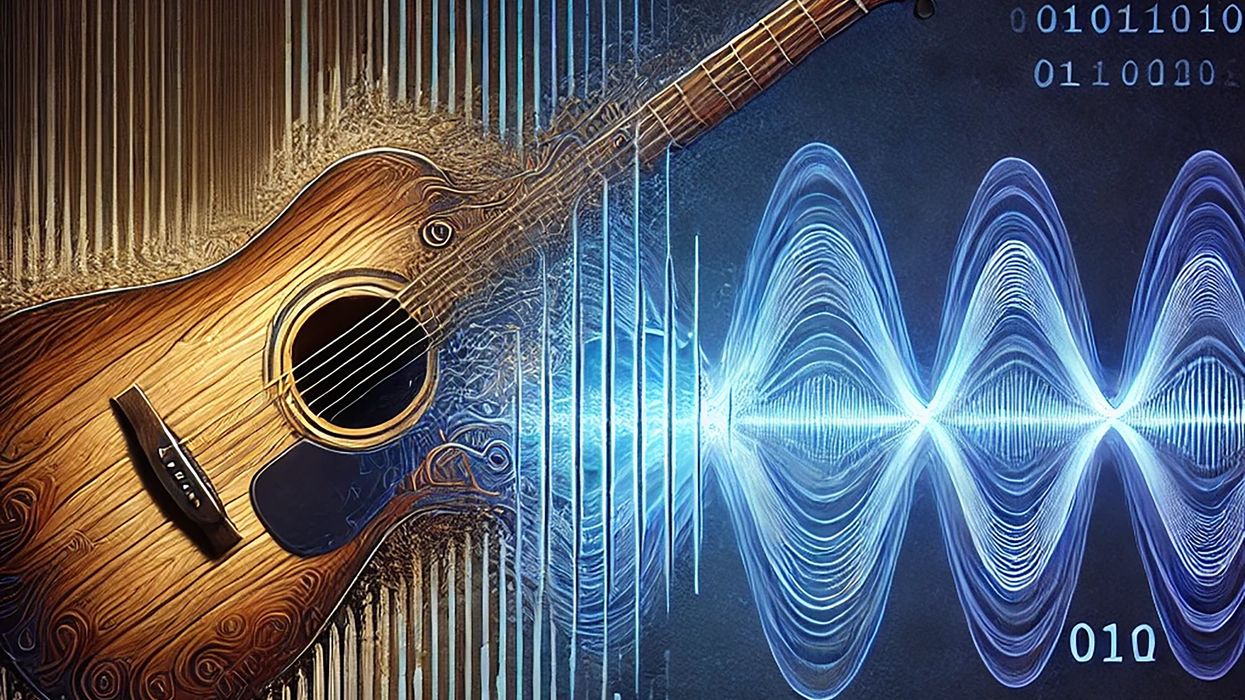Crafty use of subtractive equalization can define the old adage “less is more.”
One of the earliest revelations for guitarists learning to record themselves at home is that what sounds good soloed doesn’t always translate well in the mix. Many instinctively reach for EQ with a boost-first mentality—more presence, more warmth, more punch. But a more effective and musical approach often lies in the art of subtraction. When we remove the right things, space emerges for the character of the guitar to shine without fighting for attention. This month, I’m going to give you some EQ techniques to help make your recordings sound professional. Tighten up your belts, the Dojo is now open.
When EQing guitars, especially multiple layers of electric (and/or acoustic) parts, the first step is identifying where frequencies are clashing or clouding the arrangement. That usually means isolating your track and listening closely for signs of muddiness, boxiness, or harshness. These problems tend to gather in generally predictable frequency ranges. For example, mud and boominess often live between 200 and 400 Hz. Boxiness can lurk from 400 to 800 Hz. And the harsh nasal presence that makes a guitar feel brittle or grating usually hovers in the 2.5 to 4 kHz region.
Try this: Temporarily boost an EQ band by +10 dB with a medium Q and sweep through these frequencies until you locate the ugliest resonance(s), then gently reduce it/them with a tighter Q and a lighter touch, often just 2 to 4 dB. You’ll be amazed how the entire performance opens up when you remove the right junk.
Once the trouble frequencies are addressed, EQ becomes a more graceful tool for shaping tone. Subtractive EQ clears the canvas, letting you gently reintroduce body or presence where needed. This is where shelving EQ comes into play. A low shelf can bring warmth or fullness to a guitar that now feels thin from all the midrange cleanup. A modest bump at 80 to 120 Hz—just a dB or two—can fill out the sound, but it’s only effective if you’ve already dealt with masking around 200 to 300 Hz. Likewise, a high shelf can help lift a track into clarity and air, especially if you’ve trimmed that harsh upper-midrange build-up. Once the 2.5 to 4 kHz range has been smoothed out, a high shelf boost from 3 to 6 kHz will add shimmer and definition without aggression.
“Your ears should always be calibrating to the ensemble, not just the isolated signal.”
One of the greatest EQ challenges comes when stacking multiple layers of guitar. While it’s tempting to think that more is more, each additional track adds weight to overlapping frequencies, quickly turning rich textures into a blurry wall of noise. To prevent this, it’s helpful to think of EQ as a way of assigning each part its own lane. Maybe one rhythm track gets a small cut around 300 Hz, while the second has a dip at 500. One lead might have a bit less bite at 4 kHz, while another leans into a little high-end sheen. These are subtle moves, but when layered thoughtfully, they allow the listener to perceive each track distinctly, rather than as a blend of midrange congestion.
All of this assumes you’re frequently toggling between soloed and full-mix listening. It’s easy to over-EQ when listening in isolation, especially with midrange cuts. What feels like a relief to the ear in solo may rob a part of its edge or personality in the context of a full arrangement. A useful rule of thumb in the Dojo is: Solo to find the problem, mix to determine the solution. Your ears should always be calibrating to the ensemble, not just the isolated signal.
For those encountering intermittent harshness—say, a strummed acoustic guitar that only gets brittle during certain attacks—dynamic EQ is an elegant solution. Instead of making a static cut that dulls the track, a dynamic band can be set to tame harsh peaks only when they occur, such as around 3.5 kHz. This preserves the life and detail of the performance while reigning in the discomfort.
Ultimately, EQ should be approached like a sculptor working with stone: The goal is not to pile on more material, but to reveal what’s already there by removing what isn’t serving the final form. By focusing on reduction first, and only adding when it enhances clarity or emotional presence, home recordists can achieve mixes that sound more professional, more intentional, and less fatiguing. Until next month, namaste.


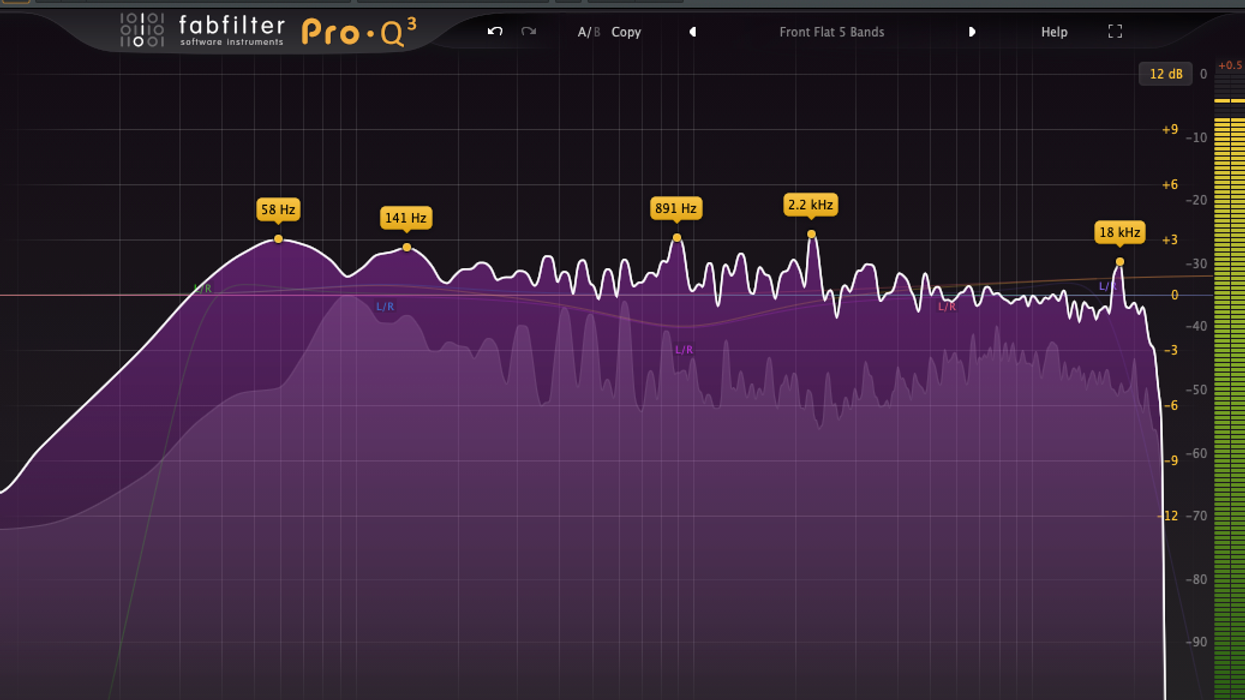

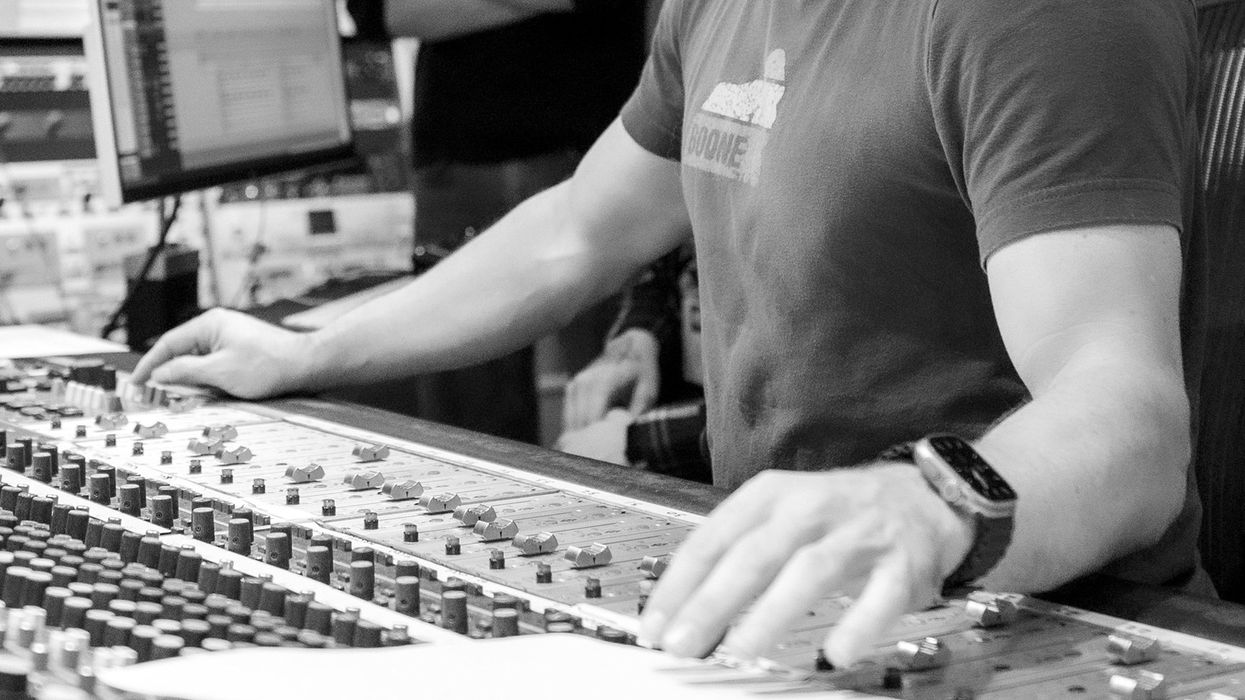
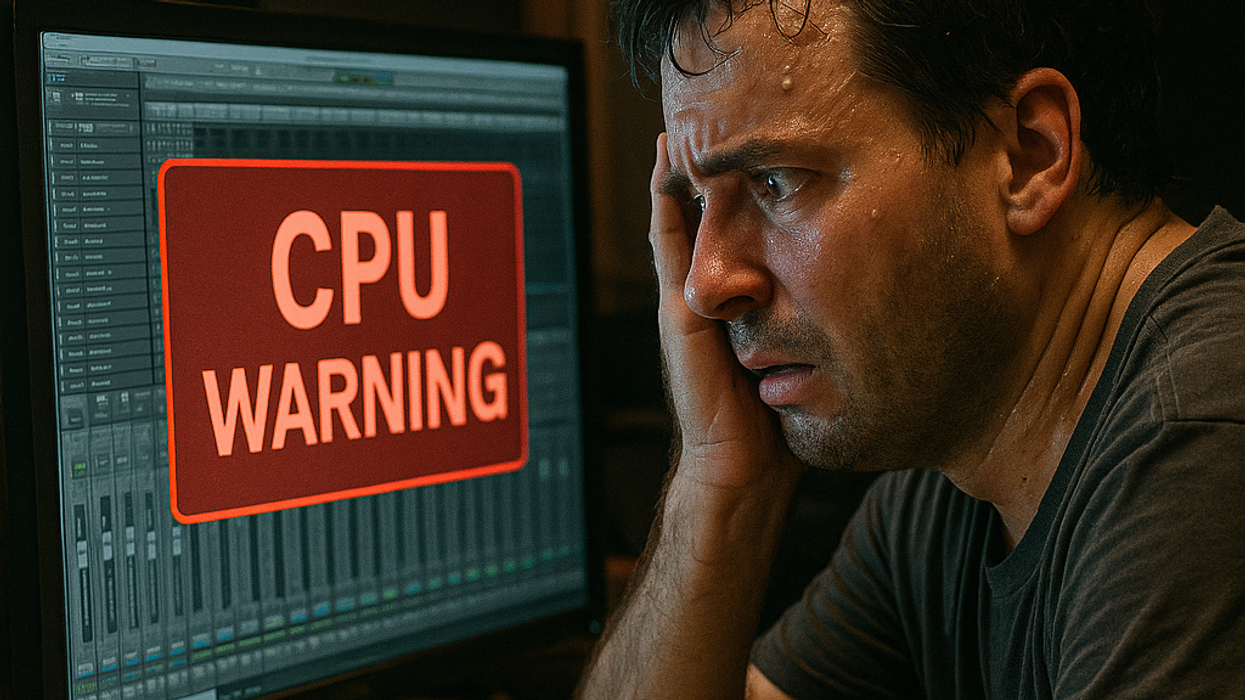
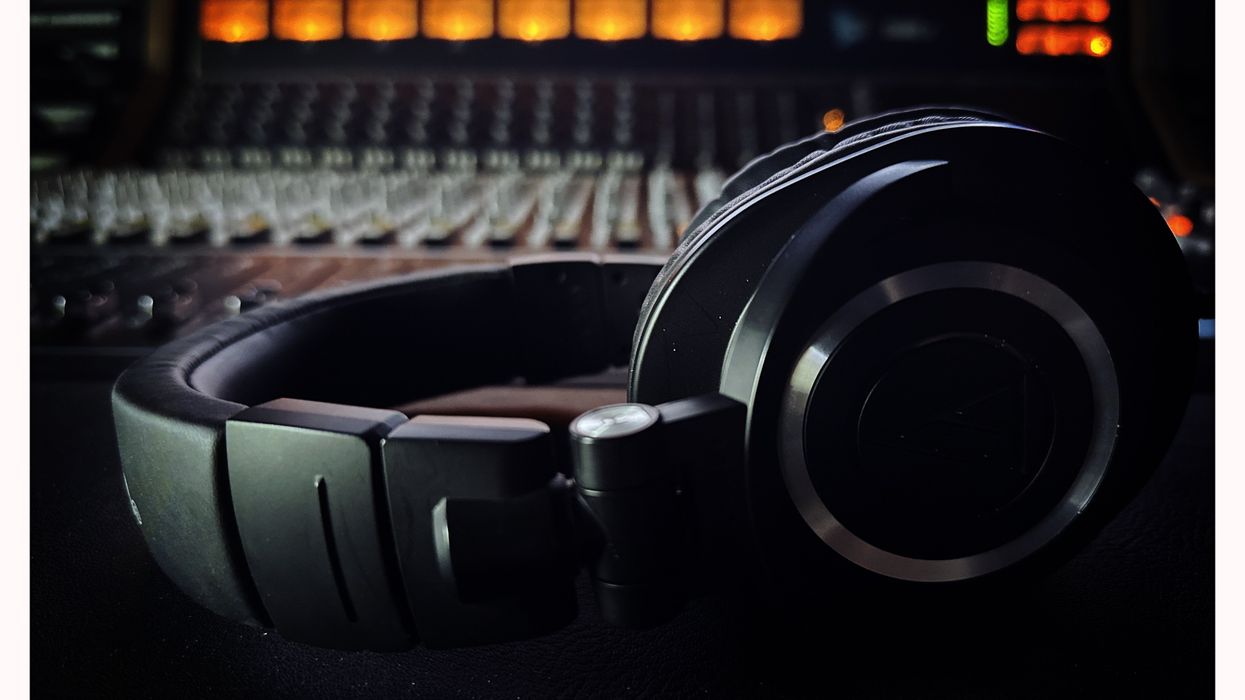
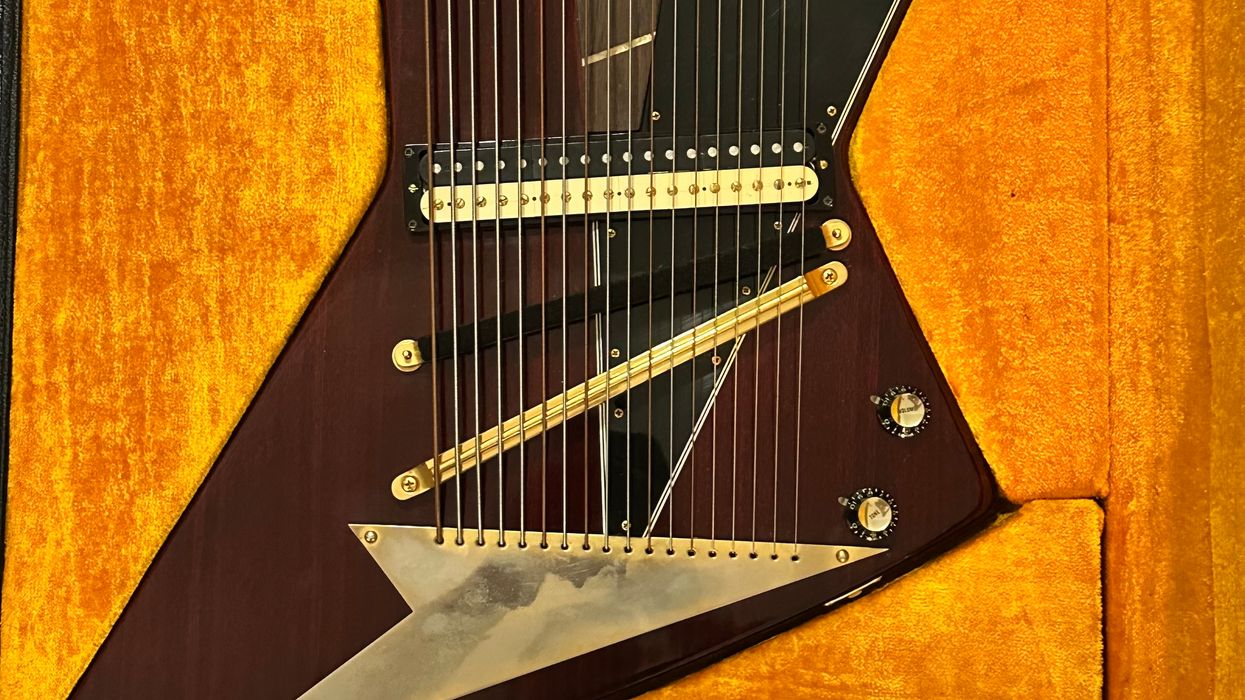

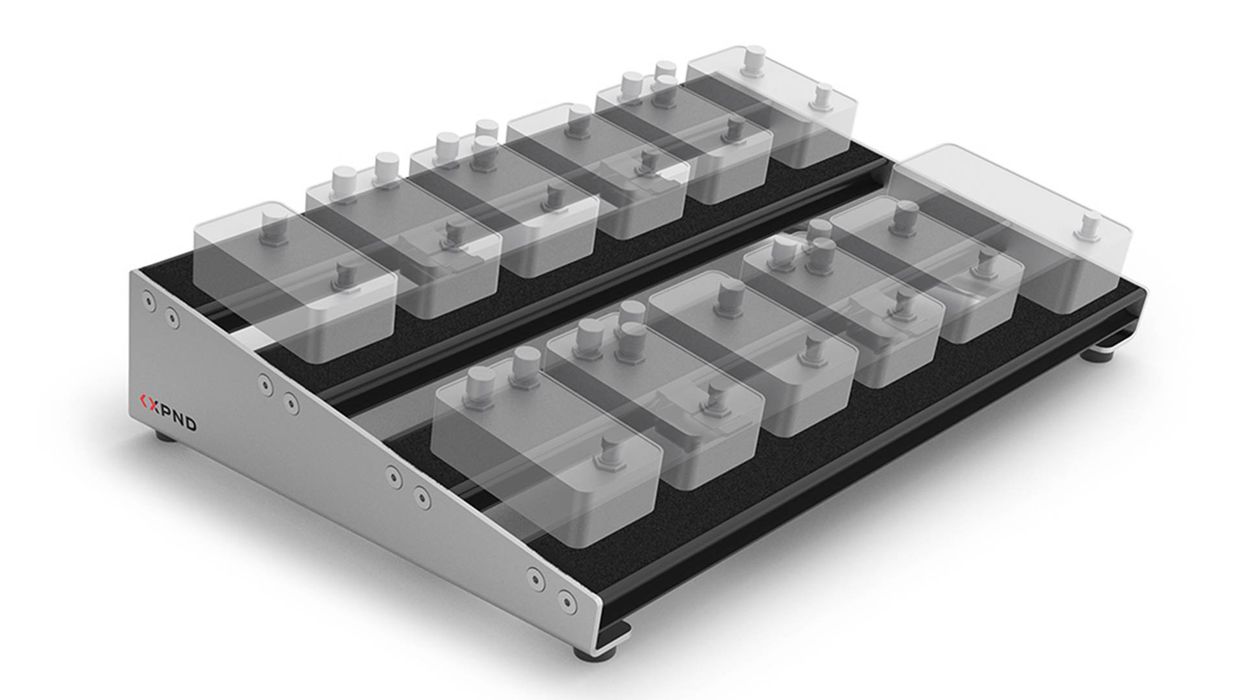
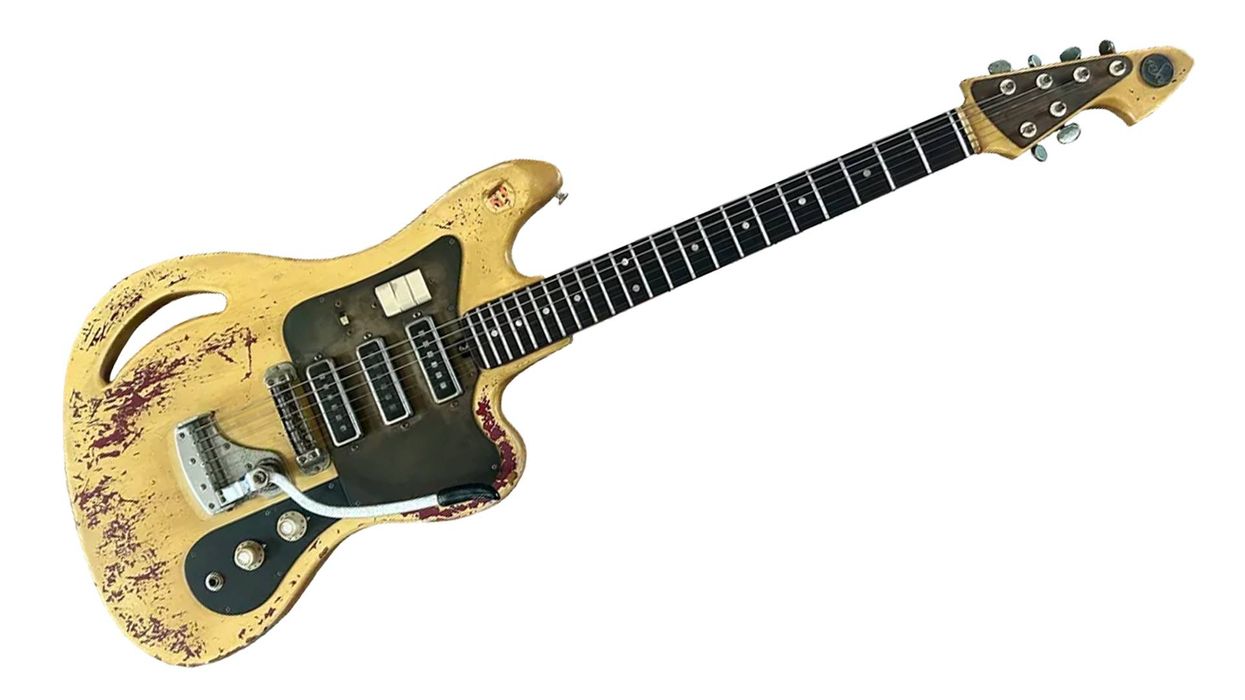
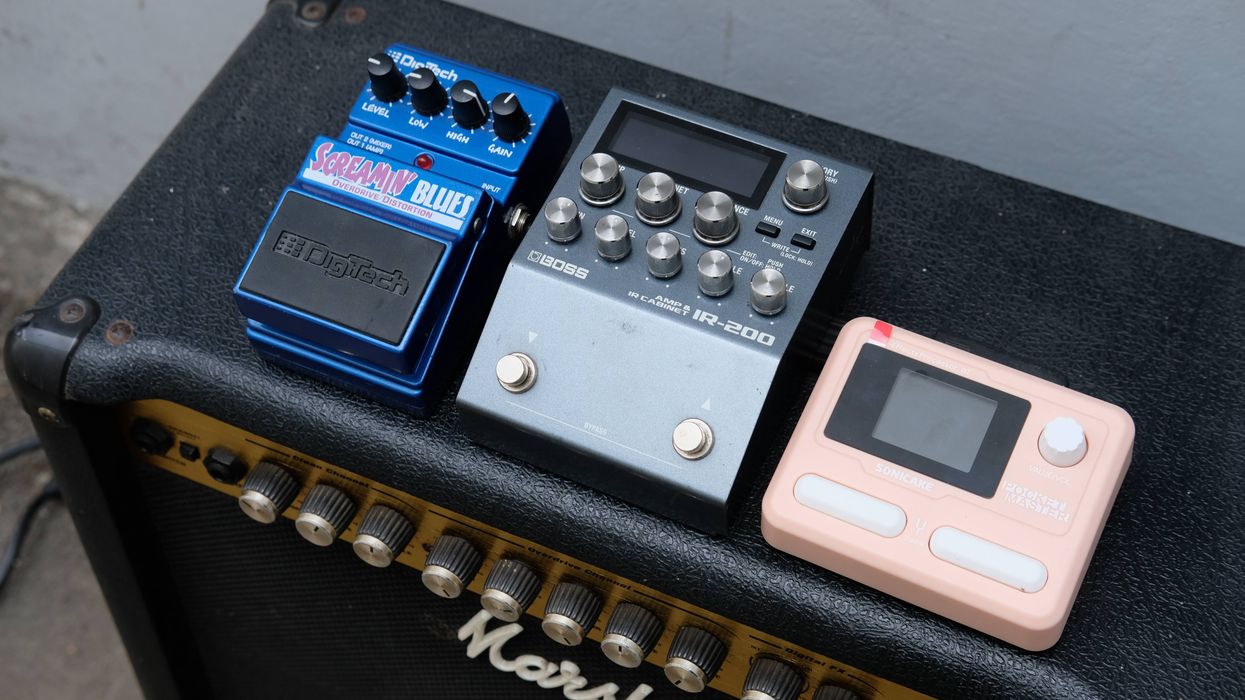
![Rig Rundown: Russian Circles’ Mike Sullivan [2025]](https://www.premierguitar.com/media-library/youtube.jpg?id=62303631&width=1245&height=700&quality=70&coordinates=0%2C0%2C0%2C0)
